A scathing dissent by a federal appeals court judge says a U.S. Supreme Court decision from the 1960s was critical in unleashing the current-day media culture of rampant lying and mass deception of the public.
In New York Times v. Sullivan (1964), the U.S. Supreme Court ruled, as Senior Circuit Judge Laurence Silberman of the United States Court of Appeals for the District of Columbia Circuit wrote last week, that “to hold a defendant liable for defaming a public figure, a plaintiff must prove the defendant acted with ‘actual malice.’ … The actual-malice rule makes the speaker’s state of mind the constitutional gravamen in any defamation case brought by a public figure.”
Since then, it has been extremely difficult to sue someone successfully for libel, because of course, “rarely does he who defames another actually admit doubts as to the truth of the accusation,” Silberman writes.
The practical result is that if you’re a public figure, the government will generally do nothing to protect you if people lie about you in public.
Thus Sullivan “allows the press to cast false aspersions on public figures with near impunity,” Silberman writes.
In addition to making it extremely difficult to sue successfully for libel, the Sullivan standard protects bad actors from even being sued at all. There is no point in suing if the rules are stacked so badly against you that you know you cannot win. Liars with printing presses or broadcasting ability are thus spared even having to spend any money to defend themselves.
This is nothing less than a government gift to fraudsters and purveyors of fake news. Example: the recent incident in which The Washington Post published false quotes allegedly made by President Donald Trump in a telephone call to a Georgia election official. The alleged quotes were horribly damaging to Trump’s reputation—which is exceedingly difficult to achieve at this point—yet they were echoed universally in a feeding frenzy by supposedly objective journalists.
As this example indicates, the effects go well beyond the media. Silberman says the leftward bias of the nation’s media puts the credibility of the nation’s government at risk: “one-party control of the press and media is a threat to a viable democracy. It may even give rise to countervailing extremism,” Silberman writes.
Silberman has rightly had enough of this. “After observing my colleagues’ efforts to stretch the actual malice rule like a rubber band, I am prompted to urge the overruling of New York Times v. Sullivan,” Silberman states in his dissent.
Sullivan is insupportable as a matter of law and constitutional jurisprudence, Silberman says, citing Supreme Court Justice Clarence Thomas’s call for the Court to reconsider it.
“Justice Thomas has already persuasively demonstrated that New York Times was a policy-driven decision masquerading as constitutional law,” Silberman writes. “The holding has no relation to the text, history, or structure of the Constitution, and it baldly constitutionalized an area of law refined over centuries of common law adjudication. … As with the rest of the opinion, the actual malice requirement was simply cut from whole cloth. New York Times should be overruled on these grounds alone.”
Doing so would be difficult for the Court, Silberman notes, if only because it “would incur the wrath of press and media.” (Psst—I think he’s talking about you, Chief Justice Roberts.)
The press, however, goes against its own best interests by defending Sullivan.
Successful libel actions are good for the press. They help keep it free of censorship, by enabling the public to trust that the press has respect for the truth and does not knowingly or negligently spread lies. Allowing blatant falsehoods to circulate unchecked turns the public against the press.
Accordingly, trust in the media has been declining steadily since the Sullivan decision and is now at an all-time low. The latest Gallup survey found 60 percent of the U.S. public has little or no trust in the media, with self-identified Republicans’ trust dropping from 32 percent in 2015 to 10 percent in December 2020.
To help restore at least some of that lost credibility, the Supreme Court should heed Thomas and Silberman and revisit the arrogant, unjustified, and immensely destructive Sullivan decision.
S. T. Karnick ([email protected]) is a senior fellow on governance issues and director of publications at The Heartland Institute.
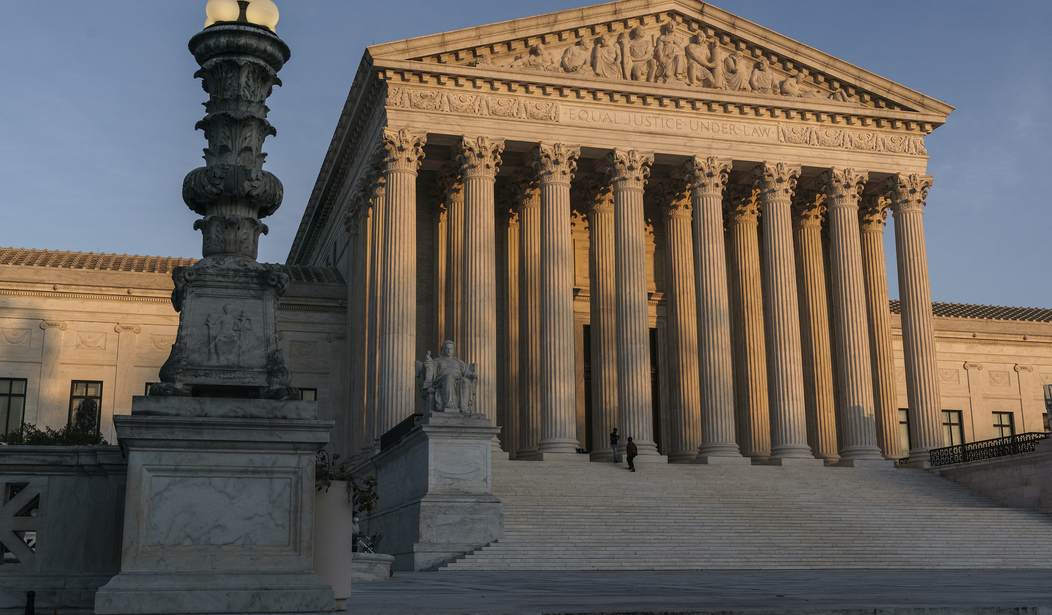
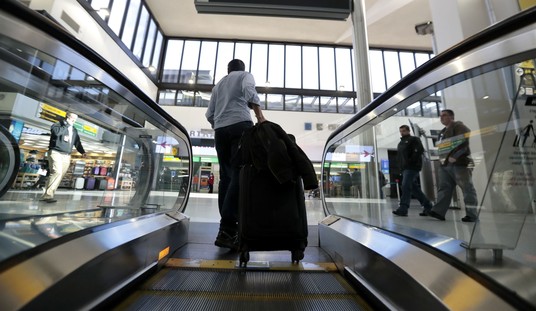



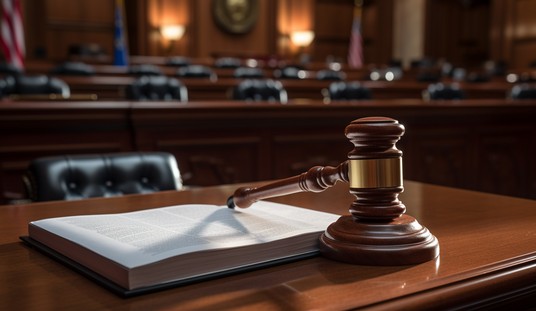
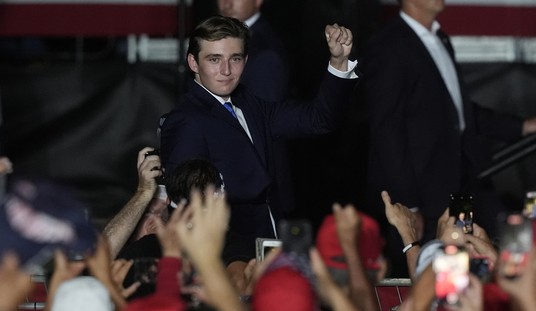





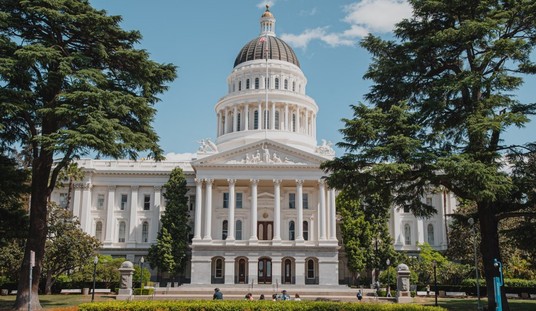
Join the conversation as a VIP Member